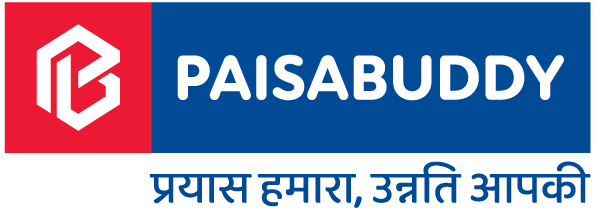Numerous innovative and interesting advances in lending technology have developed in recent years as technology continues to transform the banking and finance industries, particularly in light of the inclusion of digitisation and scientific data in the FinTech sector.
The sector has advanced significantly with the emergence of online portals and mobile lending platforms, which employ complex algorithms and data analysis to ascertain a borrower’s demands and offer more customised and effective service.
Top Banking Trends Shaping the NBFC Industry
Building Credit for Millennials:
India is a fairly young nation, and millions of millennials enter the labour force each year. Recent improvements in lending technology have created a myriad of new opportunities for this market.
While most financial institutions do not accept first-time borrowers, Lending Tech businesses have launched a range of financing choices suited to younger borrowers’ requirements, such as smaller loans with more lenient payback terms.
These loans are meant to assist millennial in establishing credit and improving their credit score, even if they have little to no credit history. By making on-time payments, millennial may raise their credit score and obtain better loan terms. This is a priceless opportunity for young people to establish a strong financial foundation and gain access to the credit market.
Custom Fintech Solutions for New Age Customers:
Data-driven customised Fit-to-Purpose loans have become increasingly popular in recent years due to technology’s increasing role in the financial sector and its growth. Financial institutions have accumulated a lot of structured, semi-structured, and unstructured data due to their extensive digital footprint.
They can process this unorganised data using AI and Deep Learning models to gain insight into the customer’s behaviour, spending habits, and credit score potential. Financial institutions can effectively assess the creditworthiness of borrowers by utilising cutting-edge technology like artificial intelligence and machine learning to analyse their financial histories and requirements and identify the most appropriate and contextual products for those needs.
Additionally, RBI’s increased attention towards the digital aggregator model has allowed the lending organisation to anticipate risk and better understand the business’s loan recovery period. Customised loan services offer customers a more efficient and individualised borrowing experience.
Internal Credit:
Another loan technology idea that has gained attention recently is embedded credit. This kind of credit mainly arises when online portals run by digital platforms include lending as a function. This trend is gaining popularity due to the inconvenience of redirecting customers to a third-party page.
Additionally, the fact that the website’s interface has not changed gives users more confidence because they can obtain financing via the same reputable portal when they need credit. Throughout the customer’s journey, these fintech companies leverage their incredibly effective digital platform to offer relevant goods like credit, savings, investments, insurance, etc.
As the RBI places greater emphasis on the digital aggregator model, there will be a fundamental change in how lending is sourced, leading to more personalized and cost-effective solutions for customers.
AI-Powered Underwriting and Risk Assessment:
Providing access to faster loan approvals and personalised financial products has become a priority of NBFCs. By leveraging data using AI and ML technology, NBFCs are reshaping how a candidate’s creditworthiness is verified.
Using the data can provide NBFCs with a comprehensive understanding of a borrower’s creditworthiness, giving them an edge over those who stick to traditional methods. By leveraging ML algorithms to monitor borrowers’ repayment behaviour, NBFCs can identify potential defaulters in advance and avoid risks associated with NPAs.
AI-powered underwriting has enabled informed lending decisions for NBFCs by utilising advanced algorithms. Data from various sources like social media, online transactions, and credit history help assess risk efficiently. Further, it can help target underserved customers to grow their market share.
In addition to this, the time and effort required to process loan applications can be reduced with automation using an AI-powered underwriting process. It makes the loan approval process fast and efficient. With automation, NBFCs can save costs associated with manual underwriting and reduce potential human errors.
The Final Word
Numerous practical best practices can considerably improve the client experience in banking in addition to technology developments. This includes creating a space where staff members may share their feedback, regularly gathering client feedback, allowing people to talk about their experiences, assessing client feedback and behaviours, and examining client issues.
The customer-centric strategy will be fully incorporated into banking in 2023. Lending as a field has already been increasingly digitised in response to the numerous consumer trends and is prepared to accept any innovation that is developed quickly. Lending is continually being improved thanks to emerging technologies.
Lastly, AI-powered risk assessment will improve the lending decisions of NBFCs. As AI and ML get widespread adoption in the NBFC industry, we will observe significant advancements in the distribution of financial products.





